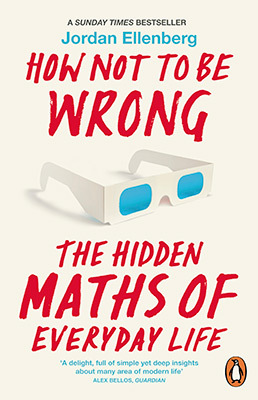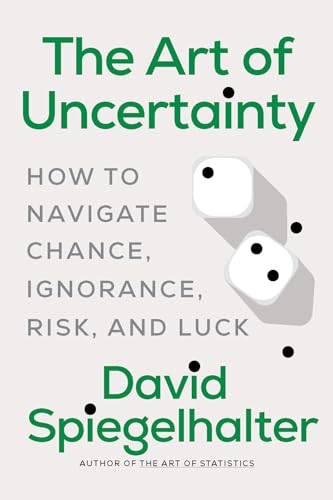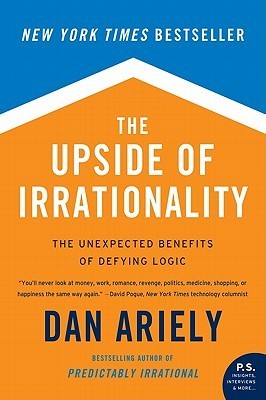
The Drunkard's Walk: How Randomness Rules Our Lives
Book Description
What if the very fabric of your life is woven by chance? In "The Drunkard's Walk: How Randomness Rules Our Lives," Leonard Mlodinow unravels the intricate dance of fate and fortune that guides our daily decisions and shapes our destinies. Each twist and turn of life is influenced by unseen forces, and the scramble between order and chaos is more profound than imagined. Through vivid examples and startling insights, Mlodinow exposes how randomness governs success, failure, and everything in between. Are you ready to confront the wild randomness that orchestrates your existence?
Quick Book Summary
"The Drunkard's Walk: How Randomness Rules Our Lives" by Leonard Mlodinow explores the pervasive and often misunderstood role of chance in our daily lives. Mlodinow shows how seemingly random events, statistical laws, and probability theory intersect to shape our perceptions, decisions, and destinies. Through historical anecdotes, scientific studies, and real-world examples, he reveals that much of what we interpret as patterns, skill, or destiny is, in reality, governed by randomness. By highlighting the cognitive biases and logical errors that skew our understanding of probability, Mlodinow urges readers to rethink their assumptions about success, failure, and fairness. The book challenges us to embrace uncertainty, adapt our thinking, and make more informed choices by recognizing the subtle yet powerful influence of chance.
Summary of Key Ideas
Table of Contents
Understanding Probability and Randomness
Leonard Mlodinow begins by demystifying probability, using the metaphor of a drunkard's erratic walk to illustrate how randomness can govern outcomes that appear deliberate. He traces the historical development of probability theory, recounting key milestones and figures who helped us quantify chance. Through simple games and everyday examples, Mlodinow demonstrates how uncertainty infiltrates all aspects of life, from the roll of dice to major life events. By making probability accessible, he lays the foundation for understanding how randomness really works and why our intuition often betrays us.
The Illusion of Patterns and Causality
A central part of the book examines our tendency to mistakenly identify patterns or causality where none exist. Mlodinow illustrates how humans are naturally inclined to seek order and connect events that are, in reality, products of chance. He shows how this manifests in fields like investing, sports, and even personal anecdotes of luck and fate. Using engaging stories, he emphasizes that many outcomes we interpret as the result of skill or effort are often influenced by statistical noise and randomness.
Cognitive Biases in Interpreting Chance
Mlodinow digs deep into the psychological literature to explain the various cognitive biases that cloud our understanding of probability. He discusses concepts like the gambler's fallacy, availability heuristic, and overconfidence, illustrating how these tendencies lead people to make poor judgments about risk and randomness. By examining experiments and scenarios, he helps readers see how the human mind is wired to seek certainty even when it is unwarranted, often resulting in misjudged situations or decisions.
Randomness in Success and Failure
The book explores the role of randomness in measures of success and failure, particularly in business, science, and everyday achievements. Mlodinow argues that while talent and hard work matter, outcomes are also heavily influenced by chance occurrences beyond our control. He points to famous examples, such as Hollywood hits or stock market winners, to show that luck can play as significant a role as skill. Recognizing this can lead to greater humility and a more realistic perspective on one's own and others' fortunes.
Adapting Decisions to Uncertainty
In his closing arguments, Mlodinow urges readers to adapt their decision-making to the realities of uncertainty. Rather than denying the role of chance, he suggests practical strategies for mitigating its effects—such as diversifying risks and focusing on long-term processes rather than short-term noise. By accepting randomness as a fact of life, individuals can develop more robust approaches to planning, evaluating success, and coping with setbacks, ultimately leading to wiser, more resilient choices.
Download This Summary
Get a free PDF of this summary instantly — no email required.





